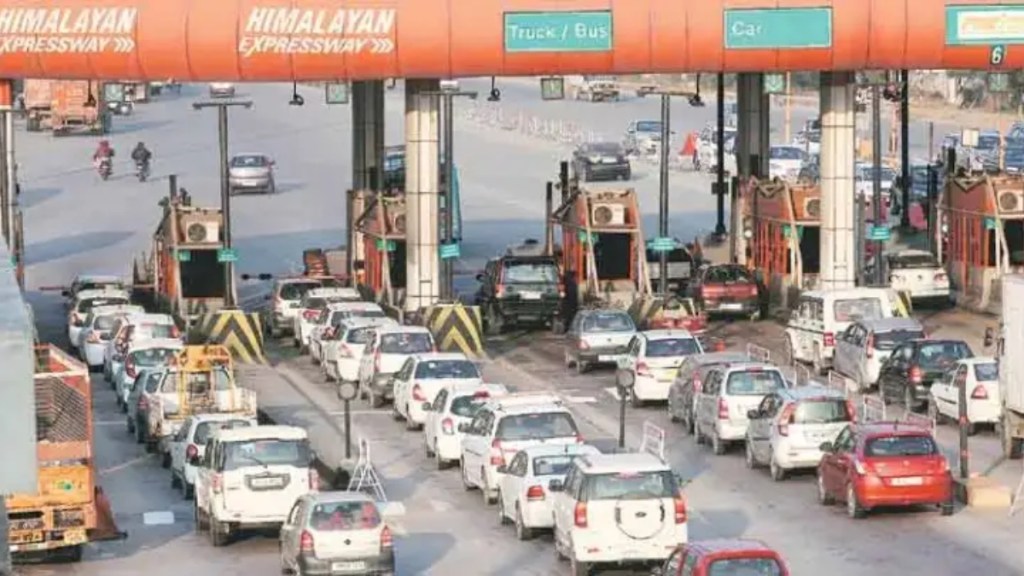Fastags are soon to be a thing of the past with the new satellite-based toll collection system set to replace them. The older Fastag toll collection system has been marred with a lot of controversies apparently and needed a revisit. Called the Global Navigation Satellite System (GNSS), it is far more technologically advanced than the existing Fastag.
Initially expected to roll out from April 1, there was a delay in the implementation of this technology. The Union government decided to put on hold the rollout of a GNSS highway toll collection system. Reports suggested that authorities waited for India to activate its own constellation of navigation satellites for a more accurate system.
Now, the Minister of Road & Transport, Nitin Gadkari, has claimed that the GNSS toll collection system will kickstart by the end of this month. At a recent public address in Nagpur a couple of days ago, the Union Minister announced that the Ministry of Road & Transport (MoRTH) will introduce the new toll collection system in the next 15 days.
This could be a significant leap over the Fastag system if and when it gets implemented across the nation. The Fastag system was introduced to reduce long queues at toll booths, and while it has helped cut down wait times, it still comes with some drawbacks. The new GNSS-based system is designed to eliminate toll booth stops entirely, making travel even quicker and more seamless.
GNSS toll collection: How it works?
The GNSS system leverages GPS and GPS-Aided GEO Augmented Navigation (GAGAN) to accurately track vehicles and charge users based on the actual distance traveled on highways. Unlike the current toll system, which relies on fixed booths charging a flat fee regardless of distance, GNSS offers a more flexible and fair approach. It also helps the government by minimizing toll evasion and preventing users from being overcharged.
Under this system, users’ locations will be precisely monitored using GNSS, and toll charges will be automatically deducted from a digital wallet linked to their account based on the distance driven.
Initially, the GNSS system will work alongside existing Fastag infrastructure, with select toll lanes modified to support the new technology. As adoption increases, entire toll plazas will be upgraded to GNSS compatibility. Trials are already underway, with the Bengaluru-Mysore and Panipat-Hisar National Highways currently equipped with GNSS capabilities.
